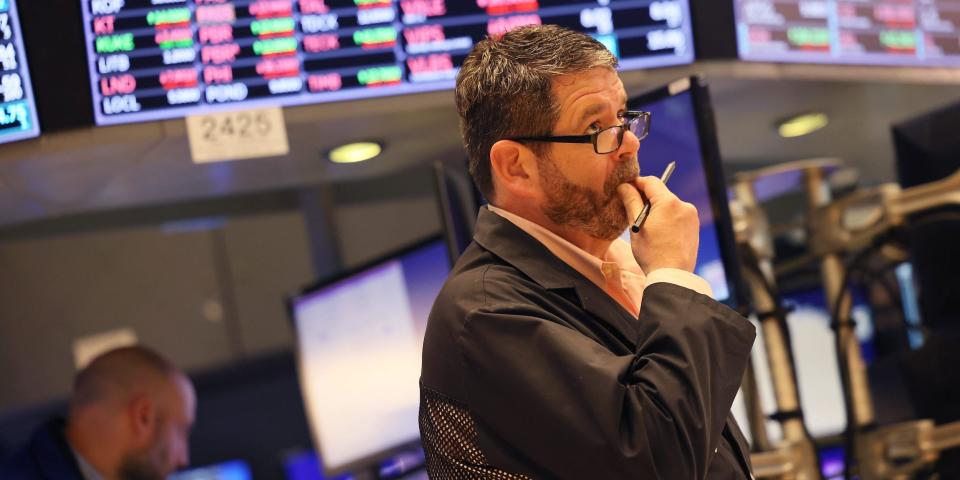
The worst liquidity crunch since the 2008 Lehman Brothers collapse will be a big headwind for the stock market this summer, according to JPMorgan.
The bank’s chief market strategist Marko Kolanovic warned that the expected liquidity decline could add to recession fears.
“Broad liquidity in the US… will contract by another $1.1 trillion from here till year-end,” Kolanovic said.
The biggest liquidity crunch since the collapse of Lehman Brothers in 2008 could serve as the most serious obstacle for the stock market this summer, according to JPMorgan.
The bank’s chief global markets strategist, Marko Kolanovic, warned investors in a Wednesday note that a multitude of factors could spark a more than $1 trillion decline in liquidity and add to fears of an imminent recession.
“Broad liquidity in the US, which we define as M2 + institutional money market fund assets, will contract by another $1.1 trillion from here till year-end bringing the total decline for 2023 to $1.7 trillion. In year-over-year terms, this would represent the worst US broad liquidity contraction since that seen after the Lehman crisis,” Kolanovic said.
The driving forces behind the expected liquidity crunch include the Fed’s ongoing reduction of its balance sheet at a pace of nearly $100 billion per month, the US Treasury building up its general account through the issuance of a flood of bonds this summer following the debt ceiling agreement, and the continued shift from US bank deposits into money market funds.
A sharp liquidity decline in the US is unlikely to be offset by the rest of the world, Kolanovic said. He highlighted the fact that banking system liquidity in the euro area has declined by €1 trillion since November 2022, and an expected €477 billion in upcoming loans is maturing by the end of June, which should further hurt liquidity conditions.
Meanwhile, it’s Kolanovic’s belief that some frothiness has returned to tech stocks in recent months, driven by the huge hype in artificial intelligence stocks, and that it appears to be bubble-like. That, combined with falling liquidity, means stocks are more at risk of falling than rising, according to Kolanovic.
“The consensus view that the worst of pressures is behind us will likely be proven wrong as the impact of monetary tightening worked historically with a lag, and certain growth supports are waning, such as excess savings and strong margins. In our view, stocks are set to face an increasingly challenging growth-policy tradeoff in 2H,” Kolanovic said.
“This severe deposit contraction would not mean that there would be less liquidity or cash to be invested in financial assets, but it would put more strain in the US banking system if these deposit outflows end up hitting vulnerable regional banks. To us this is another justification for a cautious stance on risk assets,” Kolanovic said.
Read the original article on Business Insider
Follow Us on Google News
















